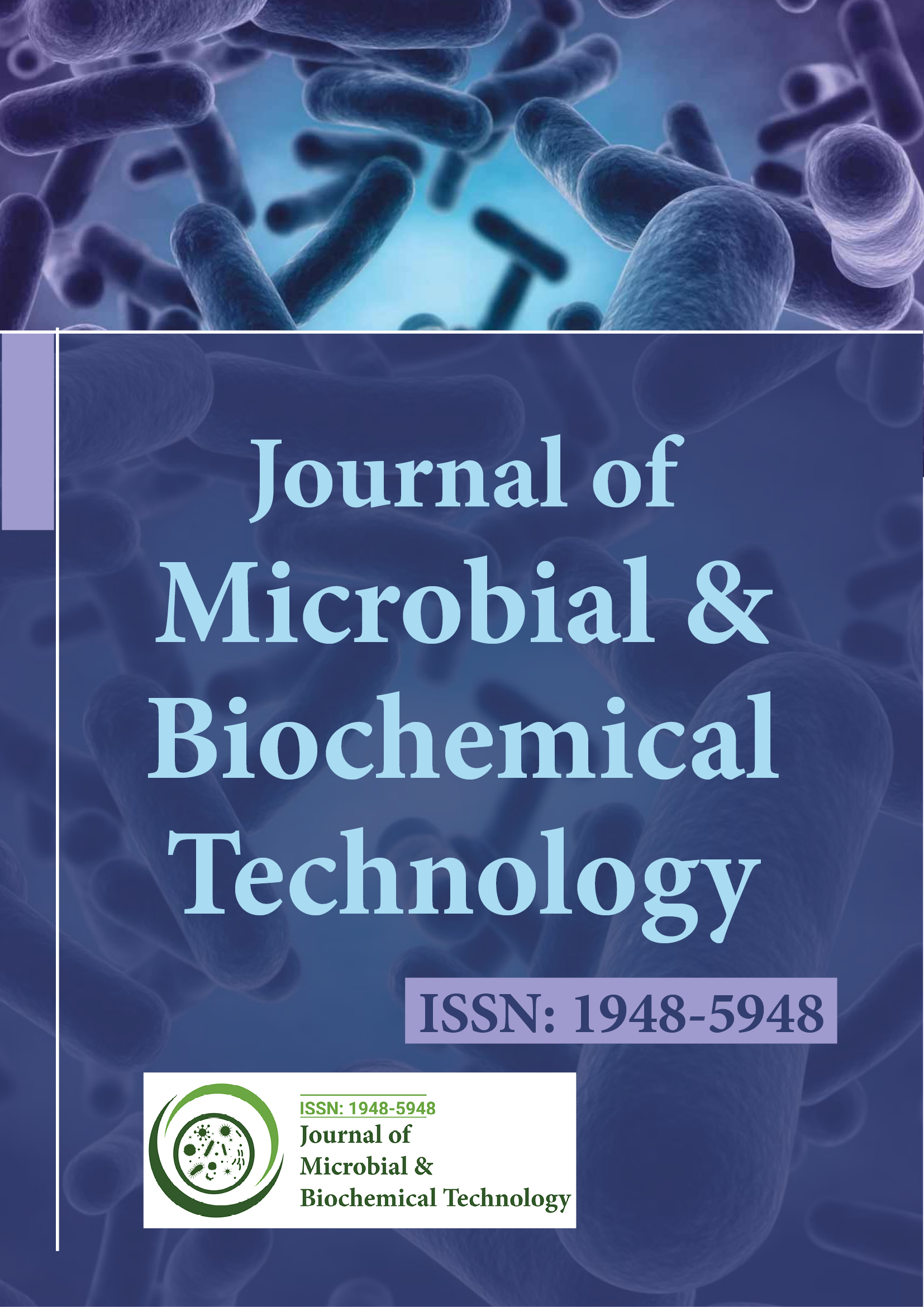Indexado em
- Banco de Dados de Periódicos Acadêmicos
- Genamics JournalSeek
- Chaves Acadêmicas
- JournalTOCs
- Infraestrutura Nacional de Conhecimento da China (CNKI)
- Scimago
- Acesso à pesquisa on-line global em agricultura (AGORA)
- Biblioteca de periódicos eletrônicos
- RefSeek
- Diretório de Indexação de Periódicos de Pesquisa (DRJI)
- Universidade de Hamdard
- EBSCO AZ
- OCLC- WorldCat
- Catálogo online SWB
- Biblioteca Virtual de Biologia (vifabio)
- publons
- MIAR
- Comissão de Bolsas Universitárias
- Fundação de Genebra para Educação e Pesquisa Médica
- Euro Pub
- Google Scholar
Links Úteis
Compartilhe esta página
Folheto de jornal

Periódicos de Acesso Aberto
- Agro e Aquicultura
- Alimentos e Nutrição
- Bioinformática e Biologia de Sistemas
- Bioquímica
- Ciência de materiais
- Ciencias ambientais
- Ciências Clínicas
- Ciências Farmacêuticas
- Ciências gerais
- Ciências Médicas
- Cuidados de enfermagem e saúde
- Engenharia
- Genética e Biologia Molecular
- Gestão de negócios
- Imunologia e Microbiologia
- Neurociência e Psicologia
- Química
Abstrato
Tifo Esfoliante e Leptospirose: A falácia do Diagnóstico com Ensaio de Imunoabsorção Enzimática IgM
Nitin Gupta, Rama Chaudhry, Bijay Mirdha, Bimal Das, Lalit Dar, Sushil Kabra, Rakesh Lodha, Aparajit Dey, Rita Sood, Naveet Wig e Vishnubhatla Sreenivas
Introdução: A leptospirose e o tifo são causas importantes de doença febril aguda na Índia. O ensaio de imunoabsorção enzimática IgM (ELISA) é a modalidade de diagnóstico mais comum utilizada para o seu diagnóstico. A epidemiologia comum de ambas as doenças cria uma oportunidade para infecções duplas com estas doenças. Assim sendo, o objetivo do estudo foi detetar e avaliar os casos de infeções duplas serológicas e moleculares.
Metodologia: Foi realizado um estudo de diagnóstico transversal de outubro de 2013 a outubro de 2015 em 258 doentes com doença febril aguda. Todas as amostras foram submetidas a ELISA IgM para tifo e leptospirose. As amostras positivas tanto para tifo como para leptospirose foram submetidas a testes serológicos para outras infecções. Foram também submetidos a testes de PCR para descobrir os casos de infeções duplas moleculares.
Resultados: Um total de vinte amostras de soro foram positivas por ELISA IgM para leptospirose, enquanto trinta e cinco amostras de soro foram positivas por ELISA IgM para tifo matagal. Destas, dez amostras foram positivas para ambos os testes serológicos. Estes duplos positivos foram adicionalmente positivos por serologia para algumas outras infeções [Dengue (n = 2), Mycoplasma pneumoniae (n = 1), Malária (n = 1), Chlamydia pneumoniae (n = 6), Febre tifóide (n = 2) e Legionella pneumophila (n = 1)]. Apenas foi confirmado um caso de dupla infecção molecular.
Conclusão: A possibilidade de co-infecções serológicas deve ser investigada em áreas endémicas. No caso de dupla infecção serológica, como existem grandes probabilidades de reactividade sorológica cruzada, deve procurar-se a confirmação molecular. A escolha da terapêutica em casos inconclusivos deve incluir os medicamentos que cobrem ambas as infeções.